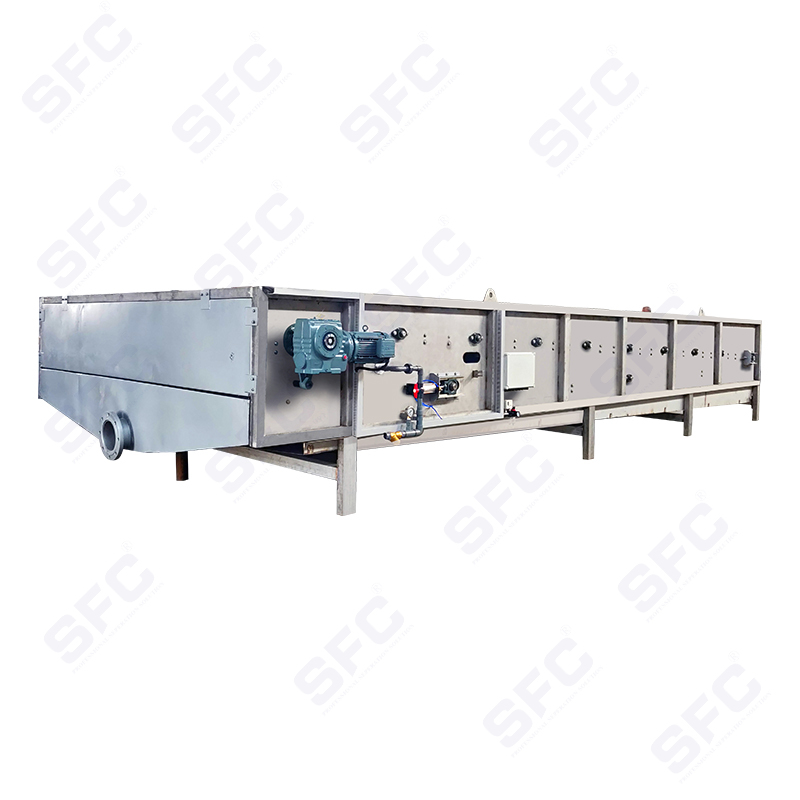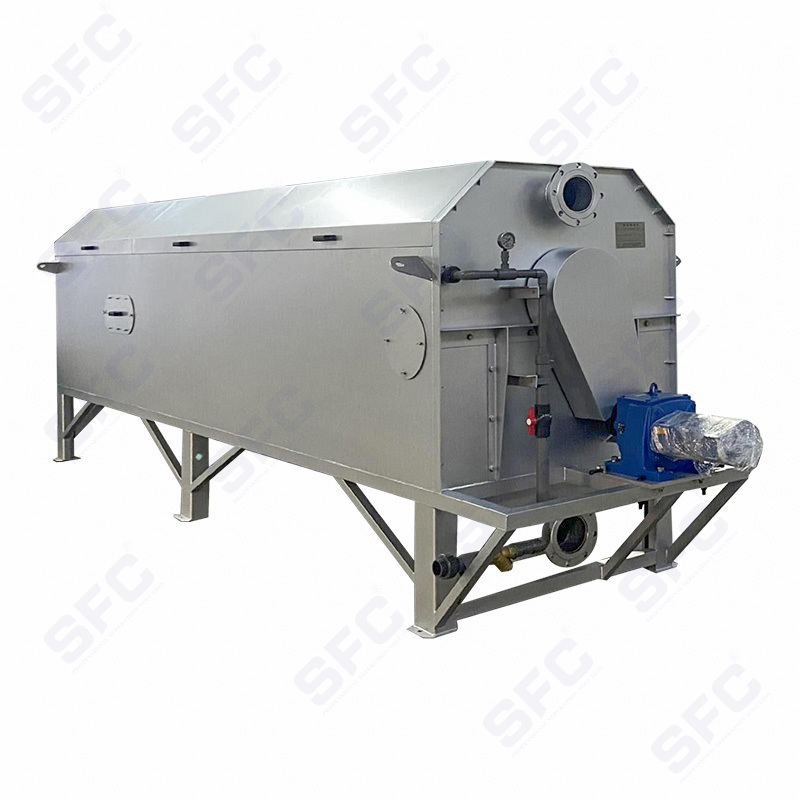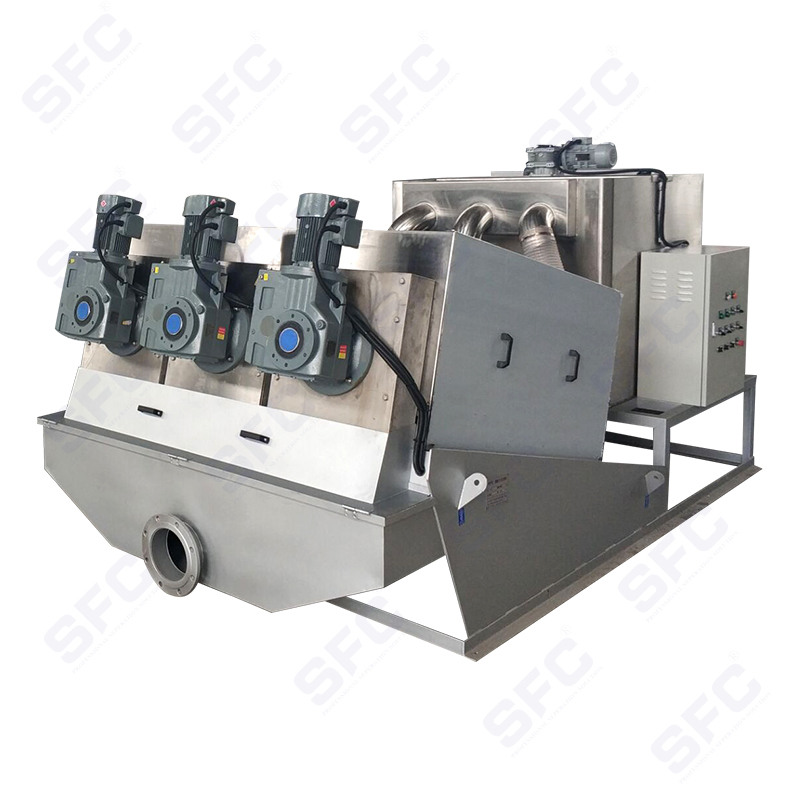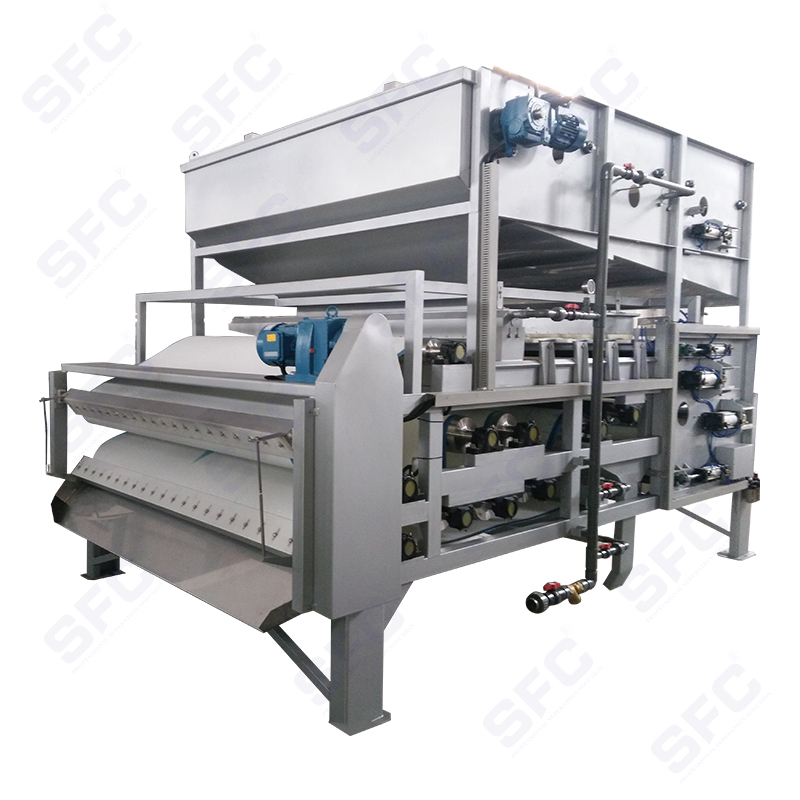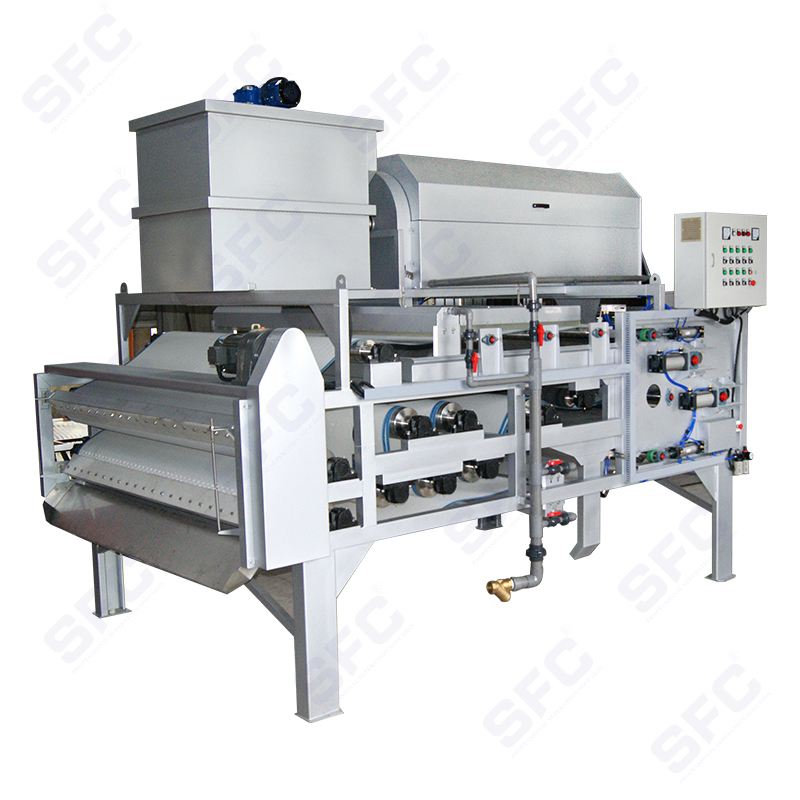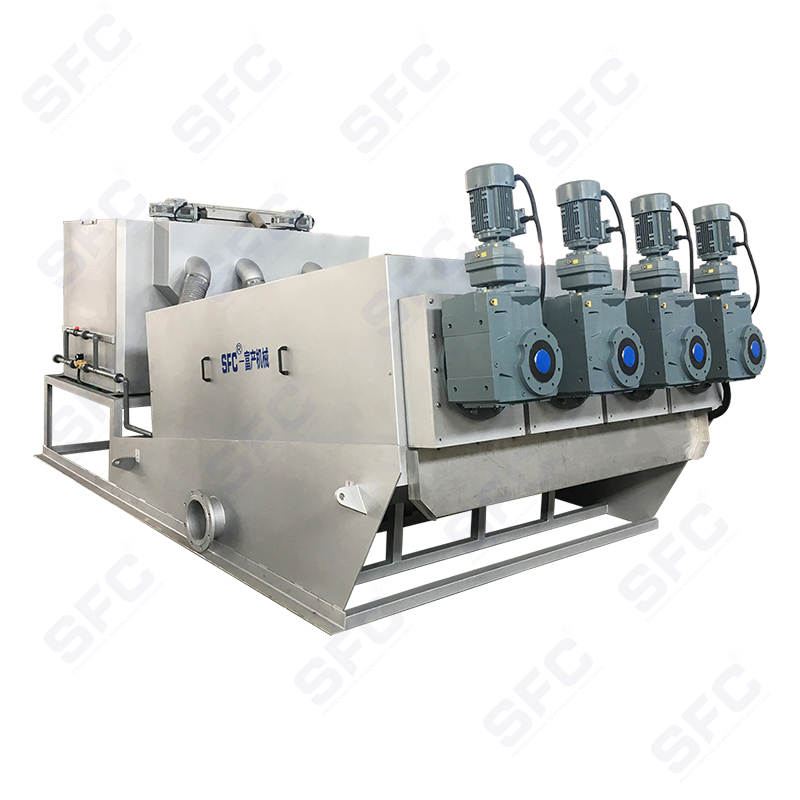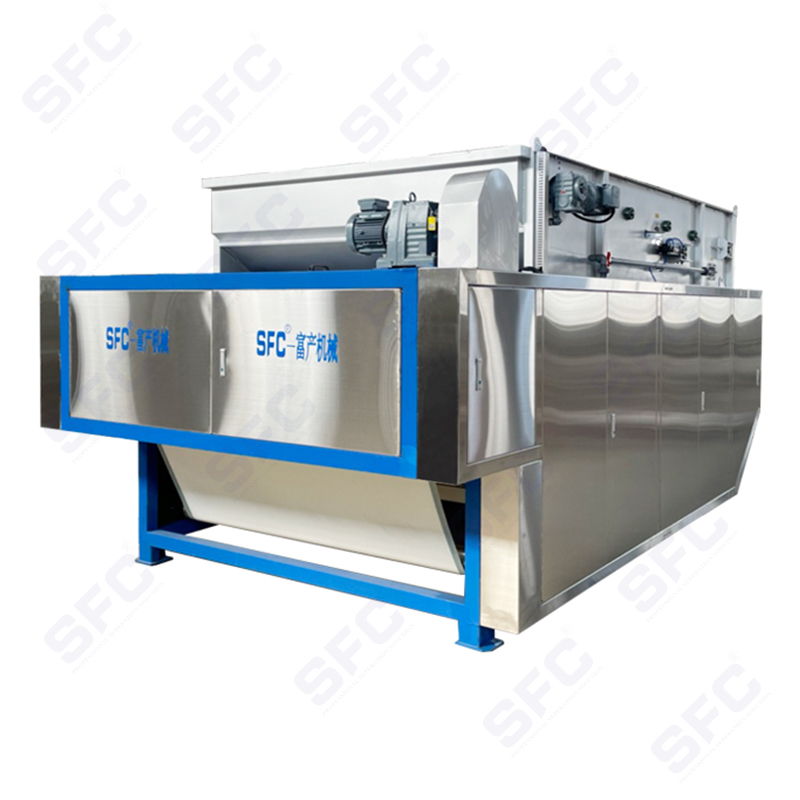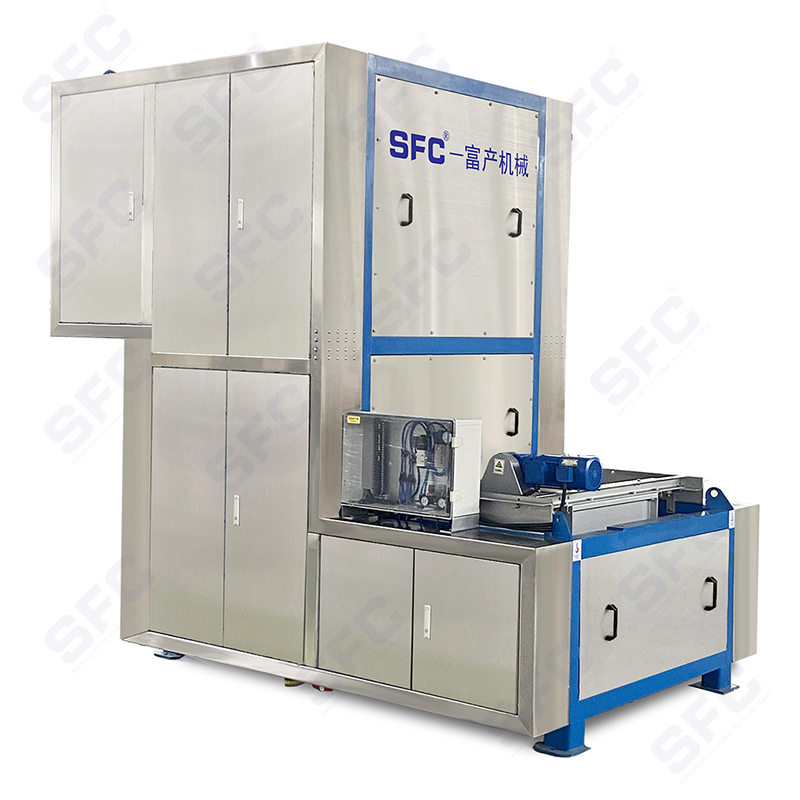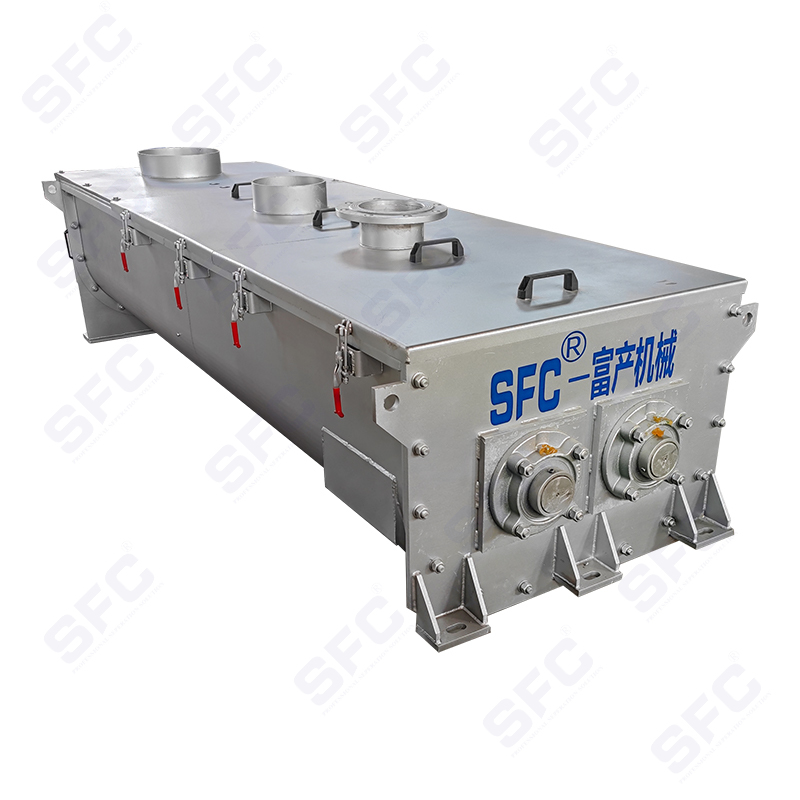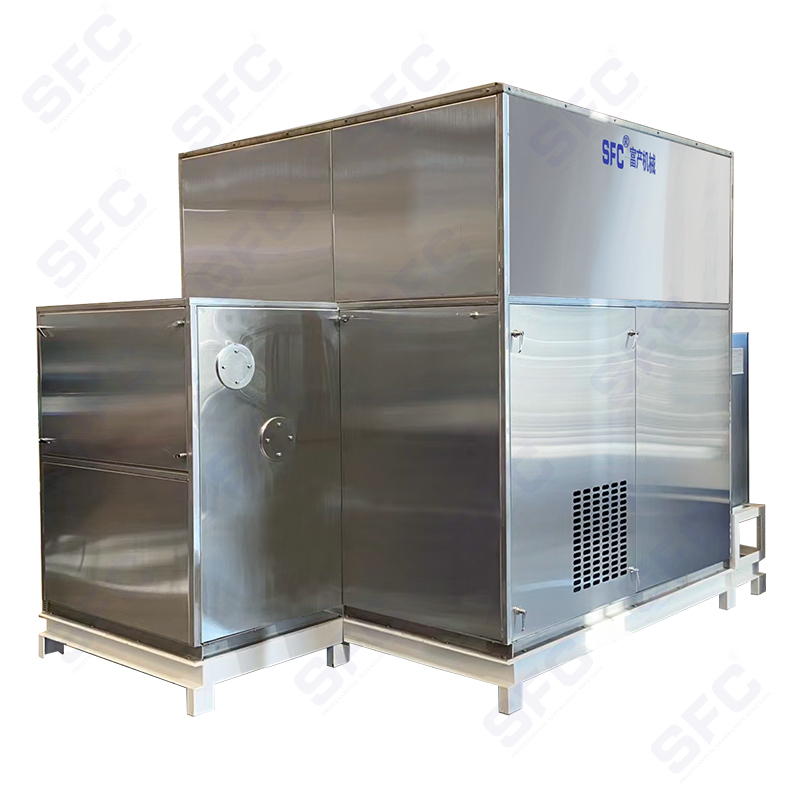Jak zlepšuje stroj na odvodnění kalu účinnost úpravy kalu a snižuje náklady na ochranu životního prostředí?
Stroj odvodnění kalu hraje zásadní roli v moderním odvětví čištění odpadních vod. With the acceleration of industrialization and the advancement of urbanization, sewage treatment has become a key link in environmental protection work, and the treatment and disposal of sludge have received more and more attention. The emergence of sludge dewatering machine solves the problem of large sludge volume and high water content, greatly improving the sludge treatment efficiency and the operability of post-treatment.
In the sewage treatment process, the sludge treated by biological, chemical or physical methods usually has a high moisture content, accounting for about 80% to 95%. If these sludges are not dehydrated, they are large in volume, the cost of storage and transportation is very high, and there is a great risk of environmental pollution. Therefore, effective sludge dewatering can not only reduce the volume and weight of sludge, but also reduce the cost of transportation, storage and disposal, while reducing the impact on the environment.
Základním principem odvodňovacího stroje kalu je odstranění vlhkosti z kalu kombinací mechanické síly a chemických přísad. Mezi jeho běžné pracovní metody patří odstředivé odvodnění, lisování filtru desky a rámu a lisování filtru pásu. Each method has different applicable scenarios and advantages and disadvantages, but in general, the working steps of the dewatering machine mainly include the following aspects:
The sludge is passed through the screen to remove large particles of impurities to ensure the quality of the sludge entering the dewatering equipment.
Add an appropriate amount of flocculant to help the fine particles in the sludge condense into larger particles for subsequent dewatering operations.
The water in the sludge is squeezed out by the pressure, centrifugal force or other methods of mechanical equipment to achieve the dehydration effect. Obsah vlhkosti dehydratovaného kalu se obvykle sníží na asi 70%, kdy může být dále sušen, spálen nebo skládán.
Podle pracovního principu a dehydratačního efektu lze stroje odvodňujících kalů rozdělit do několika běžných typů:
Stisknutím pásového filtru používá kompresi dvou filtračních tkanin pásů v oblasti vícevrstvé lisovací oblasti, aby vytlačila vodu v kalu. This equipment has the advantages of simple operation and large processing capacity, and is suitable for processing large amounts of low-concentration sludge.
Voda v kalu je vyhozena odstředivou silou vysokorychlostní rotace. The centrifugal dewatering machine has a high processing efficiency and is particularly suitable for the dehydration of fine particle sludge, and can obtain drier dehydrated sludge.
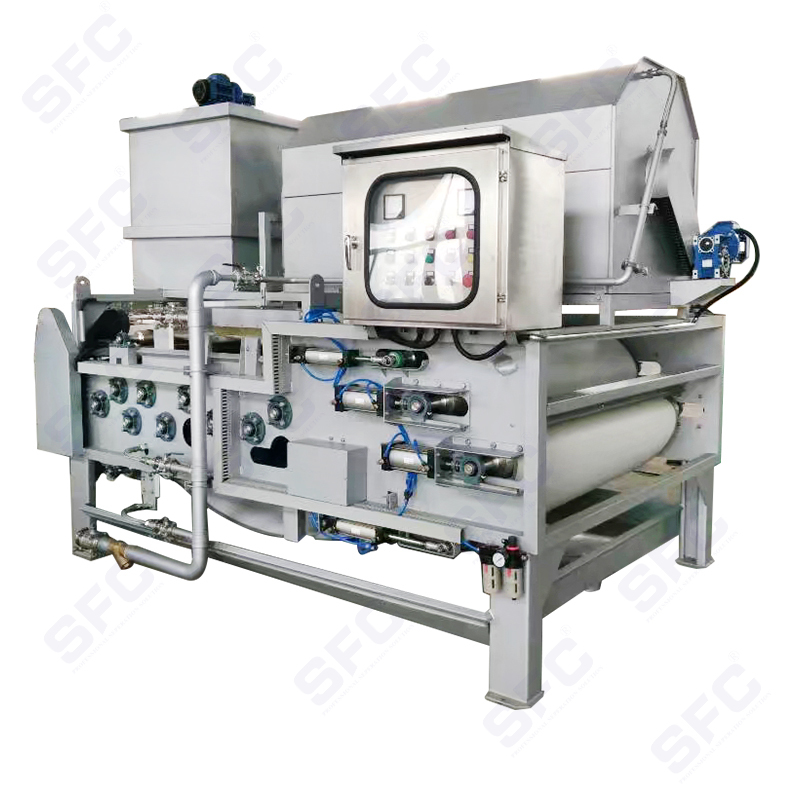
The plate and frame filter press continuously increases the pressure between the filter plates to discharge the water in the sludge from the gap between the filter plates. This equipment is suitable for treating sludge with higher concentrations, especially in the treatment of industrial wastewater with higher solid concentrations.
The rotation of the spiral shaft drives the sludge forward along the axial direction, and the water is gradually squeezed out through compression. Toto vybavení se obvykle používá při příležitostech, kdy má kales vysoký obsah vody. V různých průmyslových a komunálních čistírnách odpadních vod se široce používají stroje odvodňující kaly. Zahrnují hlavně:
In the process of urban sewage treatment, sludge dewatering machines help reduce the volume of sludge, making it easier to transport and dispose of. Dewatering machines can also greatly improve the sludge treatment efficiency in sewage treatment in various industries such as chemical, food processing, and power.
In the process of metal smelting, a large amount of sludge generated is treated by a dewatering machine, which can effectively reduce the cost of waste treatment. Čištění odpadních vod v zemědělské produkci je často doprovázeno výrobou velkého množství kalu. Aplikace strojů odvodňování kalu může účinně snížit znečištění životního prostředí.
Výhody strojů odvodňujících kalů
Služební stroje s odvodněním kalu snižují náklady na přepravu a léčbu kalu snížením objemu kalu. Through effective dehydration treatment, the environmental pollution of sludge is reduced, which meets the requirements of environmental protection. Compared with the traditional manual treatment method, the sludge dehydrator has a higher degree of automation, is easy to operate and has high treatment efficiency.
U čistíren odpadních vod nebo průmyslových rostlin mohou dehydratátory kalů snížit tlak skladování kalů a zlepšit úpravu.
With the increasingly stringent environmental protection requirements and the advancement of science and technology, sludge dehydrators will undoubtedly become an indispensable equipment in the sewage treatment process. Through continuous optimization of technology, the dehydration effect and work efficiency of sludge dehydrators will be further improved, making greater contributions to the development of the environmental protection industry.




